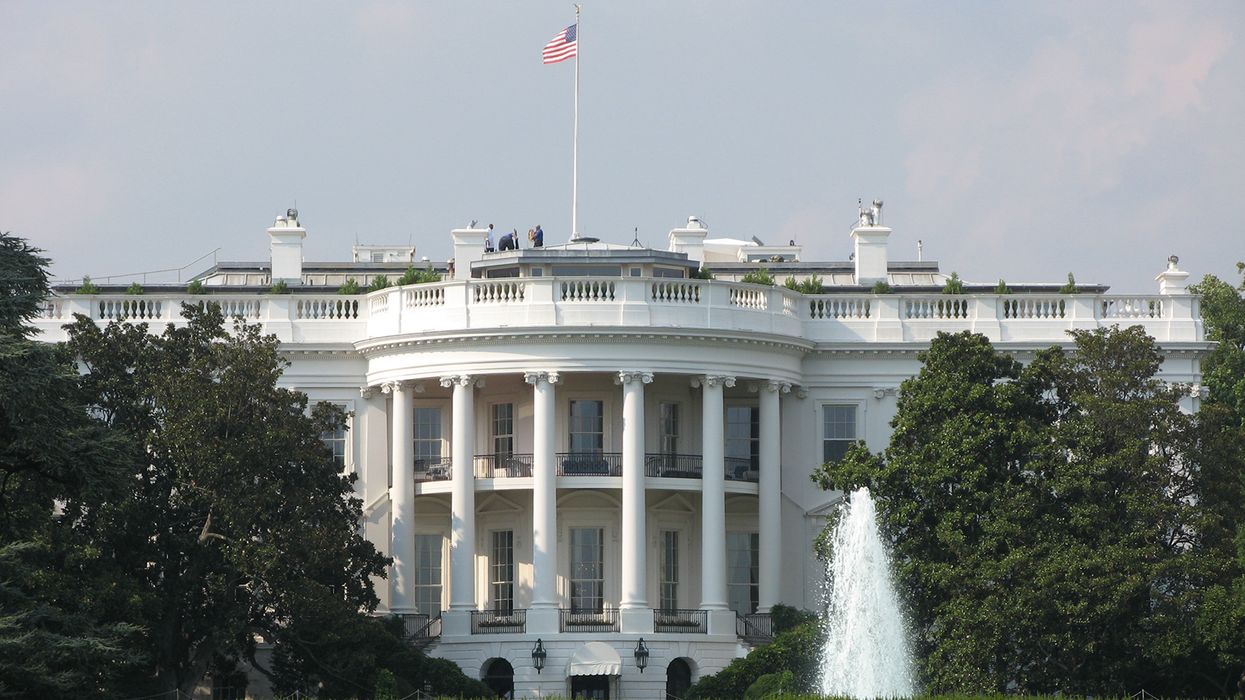What a new administration might look like for HR
Expect some changes
As President-Elect Joe Biden takes the helm at The White House, you can expect his administration to make some changes that will affect HR-related activities. Although it’s still early, here are some possible changes to watch for:
An OSHA emergency COVID-19 standard: The administration may require OSHA to establish an emergency standard to help deal with the virus. The standard may require employers to develop and submit a workplace safety plan to the Department of Labor (DOL). Beyond that, we might see a permanent infectious disease standard. We can also expect an increase in OSHA enforcement.
Paid leave:The Families First Coronavirus Response Act (FFCRA) had an expiration date of December 31, 2020, and it remains to be seen whether the FFCRA will be extended, given the continued increase in COVID-19 cases. Beyond that, states have been enacting employee paid leave laws, which could lead to changes at the federal level.
Increased minimum wage: The incoming administration would likely continue supporting an increase to the federal minimum wage to $15 an hour by 2026 and an increased minimum salary level for Fair Labor Standards Act exemption. We could also see an end to the tipped minimum wage and the subminimum wage for workers with disabilities.
Independent contractor classification: Be on the watch for enforcement against employers who intentionally misclassify their employees as independent contractors. Legislation may make worker misclassification a substantive violation of law with additional penalties.
Joint employer definition: The incoming administration plans to enact legislation restoring the broad definition of joint employer, as called for in the PRO Act.
The Protecting the Right to Organize (PRO) Act would make it more difficult to classify workers as independent contractors and expand the definition of “joint employer.”
LBGTQ+ protections: The president-elect indicated that he will work to enact the Equality Act to end legal discrimination against LGBTQ+ people, which is designed to expand economic opportunities for LGBTQ+ people. While the Supreme Court ruled in Bostock that the Civil Rights Act protects sexual orientation and gender identity in matters of employment, other areas remain undefined.
Employee-friendly NLRB: The National Labor Relations Board may also see some changes, including obtaining the necessary power to force any employer found to be bargaining in bad faith back to the negotiating table.
Lessened immigration restrictions: A reinstatement of the Deferred Action for Childhood Arrivals (DACA) is fairly likely. Other improvements could include streamlining the naturalization process to make it more accessible to qualified green card holders and reforming the visa program for temporary workers in select industries.
DACA allows some individuals with unlawful presence in the U.S. after being brought to the country as children to receive a renewable two-year period of deferred action from deportation and become eligible for a work permit.
Key to remember: With all these potential changes, employers need to be aware and ready; policies and employee handbooks will likely need to be reviewed.

















































